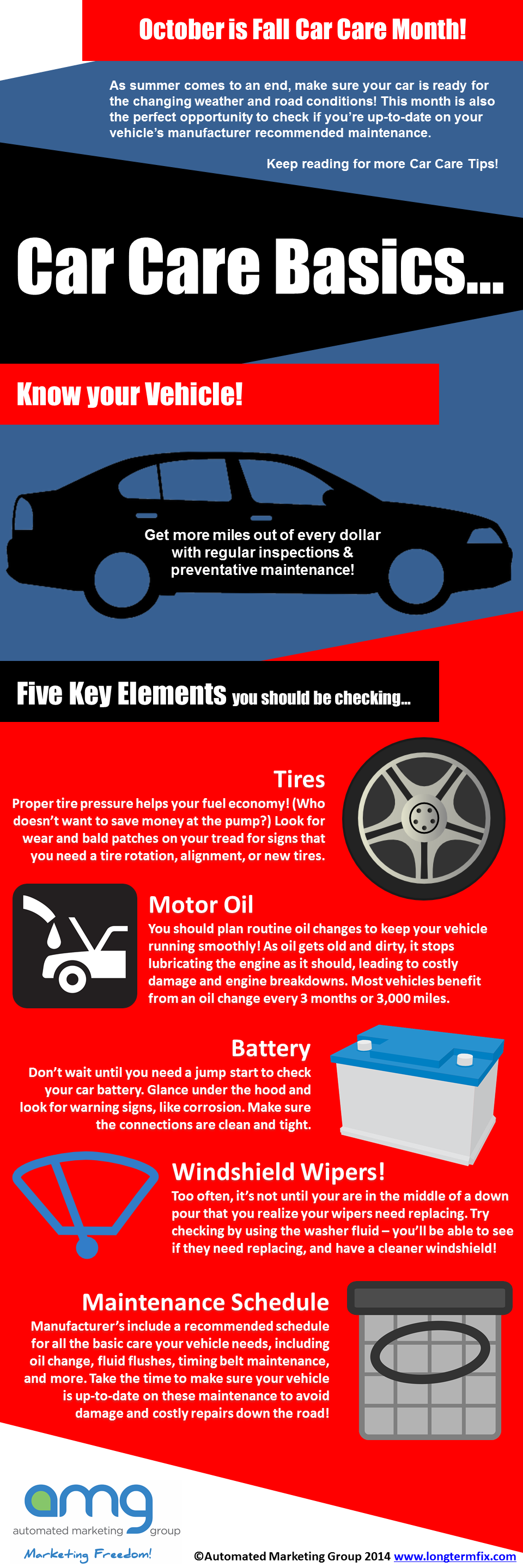Interpreting Your Automobile'S Alert Lighting: Their Real Implications
Interpreting Your Automobile'S Alert Lighting: Their Real Implications
Blog Article
Authored By-Boye Winters
When you're behind the wheel, those beautiful warning lights on your control panel can be a bit bewildering. Do you know what they're attempting to inform you about your cars and truck's health and wellness? Understanding the value of these lights is crucial for your safety and the long life of your automobile. So, the following time among those lights appears, would not you wish to understand its message precisely and take the required actions to resolve it?
Common Warning Lights and Interpretations
Recognize usual caution lights in your auto and recognize their significances to make sure secure driving.
One of the most common caution lights include the check engine light, which signifies problems with the engine or exhausts system. If this light begins, it's vital to have your automobile inspected immediately.
The oil pressure alerting light shows low oil pressure, needing instant attention to stop engine damages.
A blinking battery light could recommend a damaged charging system, possibly leaving you stranded if not attended to.
The tire stress tracking system (TPMS) light notifies you to low tire pressure, influencing automobile security and gas efficiency. Disregarding this can result in risky driving conditions.
The ABS light indicates an issue with the anti-lock braking system, endangering your ability to stop swiftly in emergencies.
Lastly, the coolant temperature level advising light warns of engine overheating, which can result in severe damages otherwise settled swiftly.
Recognizing these common caution lights will assist you address concerns without delay and keep safe driving conditions.
Value of Prompt Focus
Comprehending the common caution lights in your auto is just the primary step; the relevance of immediately attending to these warnings can not be highlighted enough to guarantee your safety on the road.
When a warning light illuminates on your dashboard, it's your auto's means of communicating a prospective problem that requires focus. Overlooking these warnings can bring about much more severe issues later on, endangering your security and potentially costing you more in repairs.
Prompt attention to alerting lights can protect against malfunctions and mishaps. For instance, a blinking check engine light can indicate a misfire that, if left unattended, can cause damages to the catalytic converter. Addressing this quickly can conserve you from a costly fixing.
Similarly, a brake system advising light may signal reduced brake liquid or worn brake pads, important components for your safety and security when driving.
Do It Yourself Troubleshooting Tips
If you discover a warning light on your control panel, there are a few DIY repairing ideas you can try prior to seeking expert assistance.
The first step is to consult your cars and truck's handbook to recognize what the particular caution light suggests. Sometimes the problem can be as straightforward as a loose gas cap causing the check engine light. Tightening up https://beckettwrmfa.like-blogs.com/31081878/feeling-unclear-concerning-which-vehicle-service-center-to-pick-find-out-important-ideas-from-professionals-on-finding-dependable-services-in-your-area-that-will-help-you-really-feel-much-more-positive may settle the trouble.
An additional typical problem is a low battery, which can activate different warning lights. Inspecting the battery connections for rust and guaranteeing they're safe and secure might deal with the trouble.
If a warning light lingers, you can try resetting it by detaching the vehicle's battery for a few minutes and then reconnecting it. Furthermore, inspecting your car's fluid levels, such as oil, coolant, and brake fluid, can aid fix cautioning lights connected to these systems.
Verdict
Finally, understanding your vehicle's caution lights is essential for keeping your vehicle running smoothly and safely. By without mouse click the next article resolving these notifies and understanding what they mean, you can avoid expensive repair work and prospective break downs.
Keep in mind to consult your car's guidebook for specific details on each cautioning light and do something about it accordingly to guarantee a trouble-free driving experience.
Keep educated, remain risk-free when driving!
